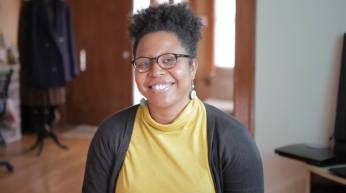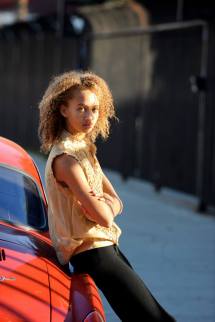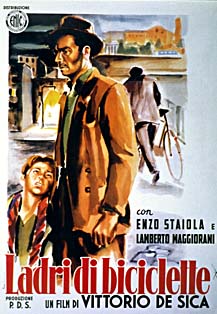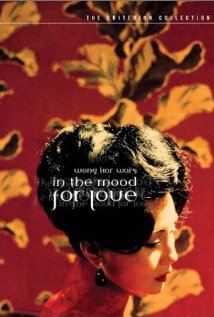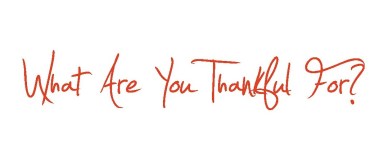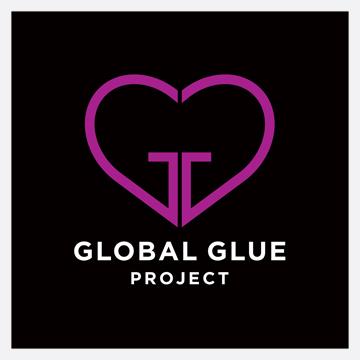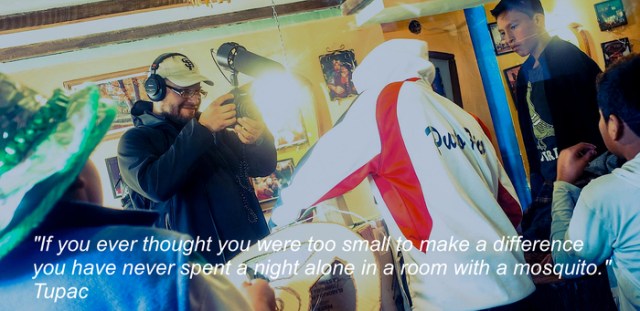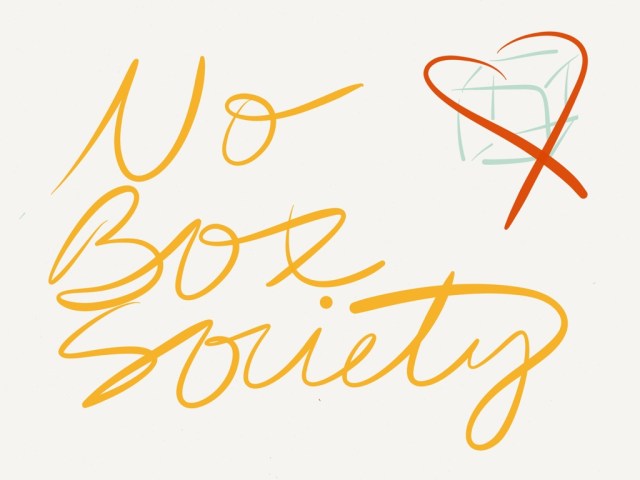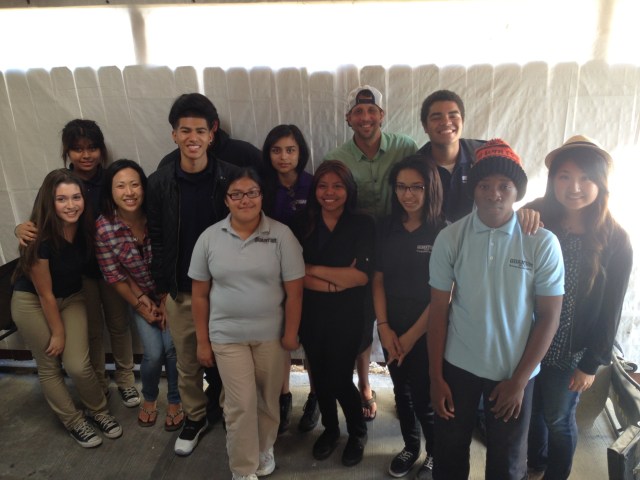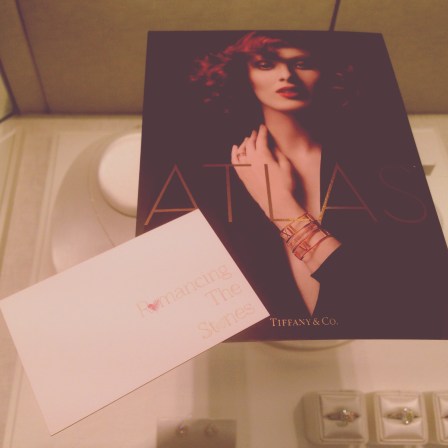
I’m inspired by folks who manage to do what they love while making a difference for others. Kirsty Spraggon has done just that. Spraggon dared to abandon her first career, as a world leading real estate broker with RE/MAX to pursue her new career as a storyteller, motivational speaker, author, and talk show host. Her ultimate vision, to promote healing through storytelling, has garnered her recognition as “The Next Oprah.”
In 2012, Kirsty’s journey brought her from her home of Perth, Australia to Los Angeles, California. Since arriving, she’s employed a production team that helps her film KirstyTV from her LA apartment and broadcast online. Spraggon operates under the principal that stories have the potential to heal. As such, her guests often have overcome tough physical and emotional obstacles. Her hope is that in the telling of their stories, guests will help others dealing with similar issues.
Thankfully, Spraggon was kind enough to let me turn the tables on her to discover what made her change careers, how KirstyTV makes a difference, and what it’s like being an entrepreneur 9,000 miles from home.
Q&A
Your philosophy is wonderful – I definitely think I’ve learned to break through my own fears by hearing about other people’s adventures. What influenced your decision to leave sales and venture into speaking and writing?
Since I was about 15, I was doing public speaking competitions – I think the seed was first planted then. It’s interesting, when I was speaking people would ask, ‘What made you write the book or start the talk show?’ and I couldn’t pinpoint when that had happened. Six months after I moved to start speaking, I was reading one of my old journals and I’d literally written the day I left real estate, “I’m going off to become an international speaker, author, and T.V. host.” I was like what? I knew then?
Growing up, my dad listened to Zig Ziglar and he was in sales. Then, at age 17 I started in the real estate industry. Growing up in that space you attend a lot of conferences with motivational speakers. I remember hearing one woman speak and saying “I want to make people feel like that.” Eventually, I saw there was a natural transition, if I was successful.
How was the transition moving into a new industry? What was your biggest fear taking on a new career?
Once I realized what I wanted to do, I started asking myself questions like: What do you mean? How does that look? What could you do? I’d seen myself in a certain trajectory all of my life. At the time, I was in the top 100 of 120,000 (agents at RE/MAX) and then I’m thinking, ‘How do I leave?’ Which was like, ‘What?’ You’re earning that kind of money and having that kind of success, it’s crazy to think about just walking away from it all. That had a lot of fear around it. But at the time, I thought ‘What do you want to do? What will make you happy?’
Really, I sat down and had to think of my options. I called a girlfriend of mine who was an entrepreneur and talked to my mum. Literally the next day I went to work and resigned. And then I went, ‘What have I done?’ But no, I had to go through that to really commit to the next step.
I don’t think I had a big fear going into it. I think it’s more that fears come up along the way. For instance, launching. I mean, I told everyone what I was doing and I’d moved. In launching, it was like, what if the content isn’t as good as I thought it was? There’s probably been a little more fear in the journey. But, ultimately, I would have been more afraid to not try. I could live with giving it a go and losing everything. What I was more afraid of was not going, not trying. I’m a different person than I was 18 months ago.
I could live with giving it a go and losing everything. What I was more afraid of was not going, not trying. I’m a different person than I was 18 months ago.
Well, that’s great that you had a support system!
Yeah, but there were plenty who didn’t support me. I had people who worked with me, family members, friends who thought I was deluded, crazy. They were scared for me. It’s not like everyone thought, ‘Yeah you should do this it’s the best thing I’ve ever heard.’ There were some who did feel like that and knew from my character that it was possible. They believed in me more than I believed in myself. But then there were other people. I think when people are afraid and come across as dream crushers, it usually has little to do with you. It’s more that they can’t dream that big. It’s like telling them I’m going to become a Formula One racecar driver. I mean, everyone see’s television hosts as Oprah or Ellen DeGeneres. So, when I said I wanted to be a talk-show host, they thought I was insane. But now, people are so impressed by what has happened. They’re like ‘Wow, she did was she said she was going to do.’
How have people from home responded?
Everyone is proud. I remember hearing someone say, ‘I wish I could do it too.’ It made me a little sad, because everyone can go and do it. It makes me sad when people say they wish they could change jobs or move. I’m very careful on my show to illustrate both the highs and lows. I mean, I even showed my K-Mart Meltdown around my launch. I want them to know that it’s hard, but I’m still doing it. Living a life that’s inauthentic would be harder.
One thing about entrepreneurship is that, while there’s still collaboration, really you’re building everything from the ground up. You must have full belief in your idea and put in the work to prove the concept, before you get any sort of acknowledgement . Has your journey ever felt lonely and what has been your key to coping with this?
Yeah, it feels lonely alot. I think more so for me, because I’m not from this country. Not only do I feel isolated in this venture, but I don’t have my core support group from home. I’ve certainly made friends here, but I struggle to feel supported. I try to make sure that I don’t end up 24 hours a day working from my dining room – that will make anyone go crazy. I really do try to check in with myself and acknowledge what I’m feeling. There are really a gamut of emotions that you can feel as an entrepreneur that block you from doing your work. So, I’m constantly checking in with what I’m feeling and why, so that I can figure out what I need to do. I network as much as I can, and make sure I’m building meaningful relationships too. Hollywood is a very superficial place, you could go to three events and still not really connect with anyone. So actively seeking meaningful, authentic relationships has been important.
Would you say that your practical experience in sales has been crucial to your new successes?
I do think it’s helped with my motivational speaking and with the book – it’s all connected. If you’re an online host or personality, you’re building a brand. Speaking helps promote that, the show helps promote the speaking, and the speaking helps promote the book. They all layer one another. I definitely think sales helps with all of those. The reality is, no one is going to discover you under a rock. so unless you have content on YouTube, or a presence on Twitter, or you’re writing, whatever, you have to get your content out there. For me it’s not about pushy icky selling, it’s about building relationships. I tweet, I Facebook, I stay in touch via email and newsletters. The last couple of weeks we’ve had 2 or 3 tweets with Oprah. It’s a really wonderful thing to have someone of her caliber taking notice of what we’re doing. But this has all happened because I’ve put my content out there. You can do nothing and hope someone discovers you, or get to work and build your skill set.
Ultimately, what are your goals for the show?
It’s hard to say what this show will ultimately look like. Right now we’re focused on building the platform, definitely getting to a million views, maybe bringing the show live and having events. There’s nothing that I can dream of that I want to do that forces me to wait for someone to give me a TV show. I’m living my dream right now. The vision for the show wasn’t ‘I want to be the next big TV host like Oprah on network television.’ The vision was to have people watch the show and not feel so alone. To help people heal & we are already doing that so, my fulfillment isn’t dependent on a big deal. I am already living my dream.
What advice would you give someone looking to make a career change?
It’s such a loaded question. It can be dangerous as well for someone to say, oh just go do it. Yeah, go do it, but be prepared. Do it when you’re ready emotionally and financially. You have to be strong before you go off on this journey. Evey single person I know who’s done it has come up on naysayers, so you need to be ready emotionally. Financially, the realities are that you might not earn money for 3 – 6 months and up to a year, depending on what your business is. Find ways to prepare yourself. Before I left real estate, I was working on weekends and evenings on my next career change. I was working on business cards, updating my database, and creating a newsletter. Say for example, you want to open up your own bakery but you’re working as a secretary. Well, after hours you should be reading up, finding a mentor and hanging out with them on the weekends, designing your business cards, designing your website. There’s so much you can be doing. You don’t want to quit and have no money coming in, and that day start organizing this stuff. Prepare as much as you can mentally, emotionally, and financially. Go to conferences and educate yourself on the field you’d like to move into.

So many things. I think I’m most thankful for the guests and the viewers. The people who support my dream and my vision. Because if I didn’t have my guests, I wouldn’t have a show. The show’s vision is to share stories that heal. So, it wouldn’t work if I had people who wouldn’t open up. So, I’m thankful that there are people who believe in what I’m doing enough that they want to be a part of that. Same with the viewers. They fill my heart up because they are all a part of the journey. It’s like one big family. I know people say it’s cliché, like I wouldn’t be where I am without you- but it’s true. Everyone is working to support healing and I’m thankful that we get to do the work of healing people through the show.
It’s impressive to see someone who’s taken such a huge gamble on their dream to help others. While you may not want to be a writer or a talk show host, this is proof that with the right preparation you too can pursue new opportunities. If you’re interested in seeing KirstyTV, you can subscribe to her channel, check out her website www.kirstytv.com, and follow her on every form of social media (Twitter, Facebook). New episodes come out on Tuesdays and Thursdays at 3pm. Stay tuned. Meanwhile, check out one of Kirsty’s past interviews.
~Thankful
